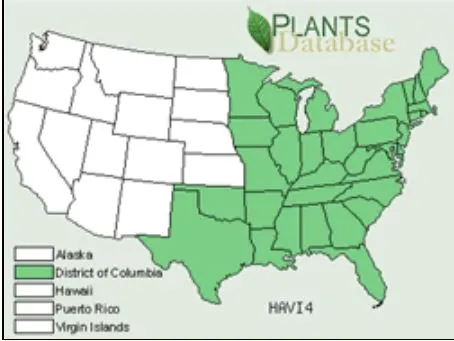Many Believe the Beautiful Bending Branches
of this Shrub has Mysterious Qualities
Witch Hazel branches have been used successfully in locating underground water. This is thought to be a process of metacognition, (communication with your higher self) and is commonly called Dowsing.
American witchhazel poses some interesting lore and uses. The most interesting use as been the use of forked limbs as dowsing or divining rods. Early European settles observed Native Americans using American witchhazel to find underground sources of water. This activity is probably where the common name witchhazel came from. “Wicke” is the Middle English for “lively’ and “wych” is from the Anglo-Saxon word for “bend.” source

More Down to Earth:
Witch Hazel is a common astringent found in most homes for relieving symptoms of
- Diaper Rash
- Inflammation
- Insect Bites
- Eczema
- Minor Cuts
- Sun and windburns
- Poison ivy
- Varicose Veins and Hemorrhoids
Personally, I use Witch Hazel as a refreshing astringent for my face after showering. I've never used Witch Hazel orally because there is no good documentation on health benefits or risks. There are people who find uses for all of the shrub, including the bark and buds.

Diagram Source: Franz Eugen Köhler, Köhler's Medizinal-Pflanzen [Public domain], via Wikimedia Commons
Witch Hazel shrubs and small trees have aromatic properties too, which make it popular in some landscaping.

Range map of American Witchhazel
States are colored green where American witchhazel may be found
As it turns out, witch hazel contains tannins, oils, and other substances that appear to:
Lessen inflammation
Draw tissue together
Slow bleeding
source
There are also Do-it-Yourself website giving detailed information on preparing your own compresses to reduce inflammation. Reminder: Always consult a physician if you have existing health issues.
My plans for the future do include planting a few shrubs of Witch Hazel. I'll just need to have the land, because the shrubs can eventually grow 15' to 30' wide.
Other reference: The Illustrated Encyclopedia of Healing Remedies by C. Norman Shealy Md, PhD
sourceISBN 978-0-00-713371-0